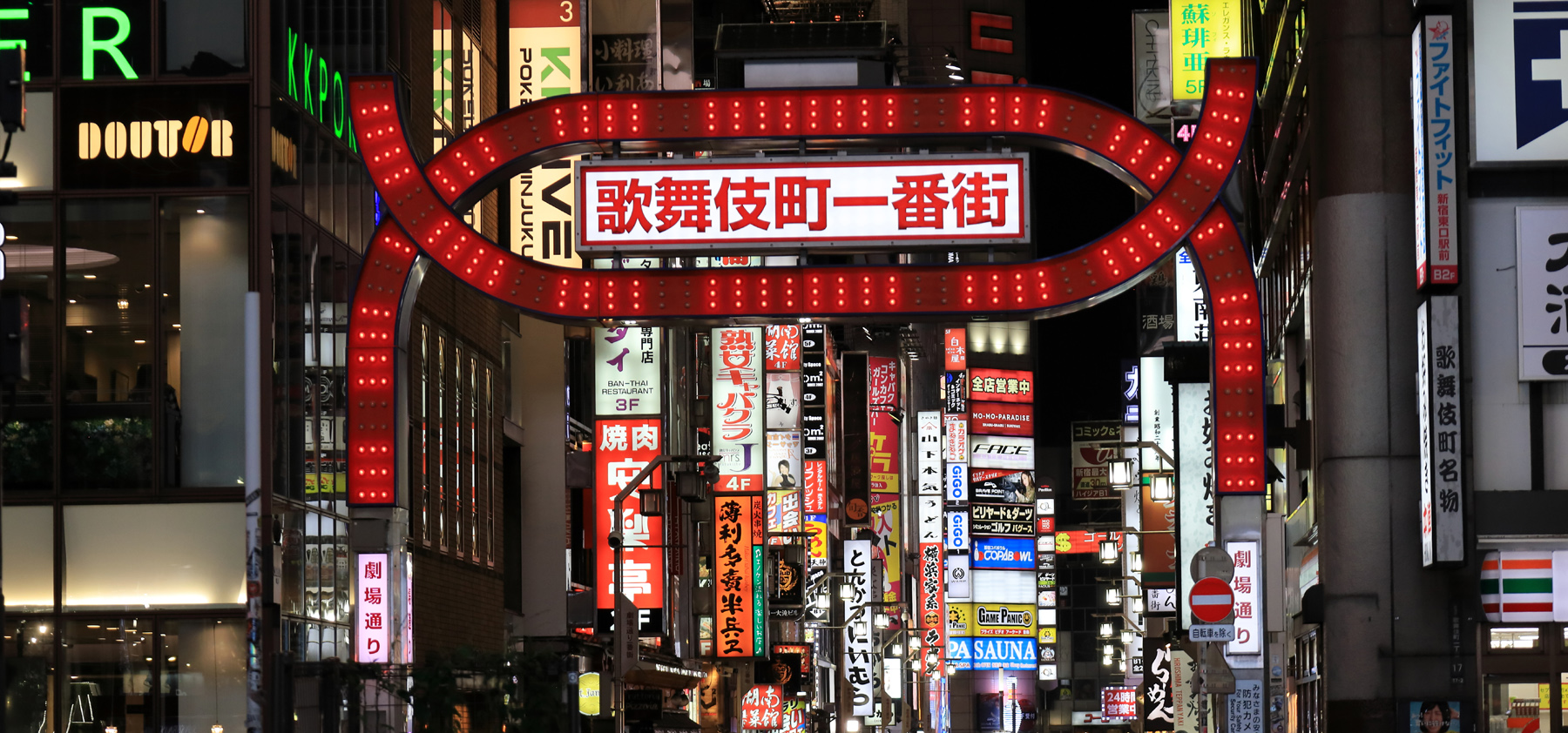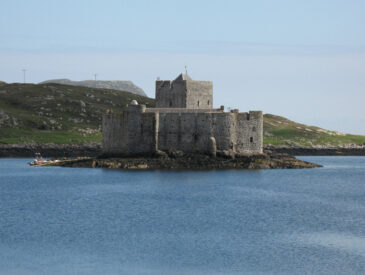I always intended for Tokyo to be the focus of this first trip to Japan – as quite likely the largest city I’ll ever visit, there’s no shortage of things to see. Documenting every novelty I encountered during my explorations of the capital would be exhausting, so instead here are three particular favourites.
teamLab Planets
teamLab is an international and highly interdisciplinary art collective counting mathematicians, engineers, architects and programmers alongside artists and animators on its roster. This unusual cohort specialises in works that blur the lines between the digital and physical, which I found intriguing – even if I wasn’t entirely sure what I was getting myself into! Their Planets installation in Tokyo is immersive in a very literal sense – you are warned to dress appropriately for wading through knee-deep water in one exhibit, and the entire gallery will be explored barefoot.
What I hadn’t realised is that: the water would be warm, and rippling with waves; the only source of light would be projections onto the surface that swirled around participants; and there would be a booming soundtrack. In another room – where walls, ceiling and floor were all mirrored – I weaved through vines of LEDs which again matched visual spectacle to a soundscape. The final space, Floating in the Falling Universe of Flowers, was almost hallucinatory: lying on the floor watching patterns move across the domed roof, my perception flipped and it felt like I was spinning through space, rather than the projections tumbling and turning.

A refreshingly relaxed approach to guests taking photos or videos has lead some online to dismiss it as a selfie factory for influencers, but honestly a picture doesn’t do the experience – for that is what it is – justice. I’m not sure I’ve done much better with words either, but I would urge anyone visiting Tokyo to include Planets (or the sister site Borderless, re-opening in early 2024) on their itinerary.
Kappabashi
Although teamLabs began in Tokyo, their work isn’t inherently Japanese – and will no doubt spread to European galleries. The same probably cannot be said of the subject of one of my stranger excursions, to Kappabashi – kitchen town.
This one particular street serves all the needs of a would-be restaurateur – except for the actual food. Here you can find anything from chef whites to knives, crockery to vending machines. Such businesses – perhaps not so concentrated in one location – must exist around the world, but in Kappabashi you can also satisfy a uniquely Japanese requirement: shokuhin sampuru.

The use of plastic models of meals as both advertisement and menu, avoiding the spoilage of real food left out all day, is a long tradition in many Japanese eateries. Such food models – sampuru, from the English “sample” – can be extremely realistic. They’re also far more expensive than the items they imitate: it can cost a million yen to replicate a menu, especially for customised dishes (samples can be combined to create a plated meal, just like real ingredients).

Most of the sampuru stores in kitchen town are for business-to-business sales – which, amusingly, makes their wares samples of samples. But a couple have noticed the appeal for tourists, and offer novelty items from keyrings to wall clocks: I couldn’t resist a particularly convincing piece of salmon as a gift!
Shinjuku
Growing up in the 80s, Japan was the future: the source of the high-tech gadgets I craved, and fuel for much of the science fiction I consumed. Decades later, I was keen to find somewhere that still evoked what is now a retro-futuristic aesthetic. Atlas Obscura billed Asakusa’s underground street as “being straight out of Blade Runner”, and it’s not far off; the anime and electronics mecca of Akihabara fell short of my expectations, however.

Fortunately Shinjuku served up exactly the neon-and-noodles cyberpunk scenes I had been seeking. The entertainment district of Kabuki-chō is already a visual assault, but nearby Omoide Yokocho overwhelms all your senses. The smoke and smells of grilling meat waft out of tiny bars – each able to house only a handful of patrons – which open directly onto the bustling pedestrian streets. The buildings rising above these narrow alleyways are almost entirely obscured by vents, electrical infrastructure and signage; cables criss-cross overhead, supporting paper lanterns and plastic leaves whilst looming above it all are skyscrapers with giant advertising hoardings. Ground level is no less chaotic, crowded out with everything from beer crates to bicycles.

Travelling back from Hakone I arrived at Shinjuku’s enormous station and couldn’t resist making a second visit, roaming until my camera battery literally ran out. This was the only place I deliberately repeated during my short trip, and next time I’m in Tokyo I expect I’ll be straight back!




